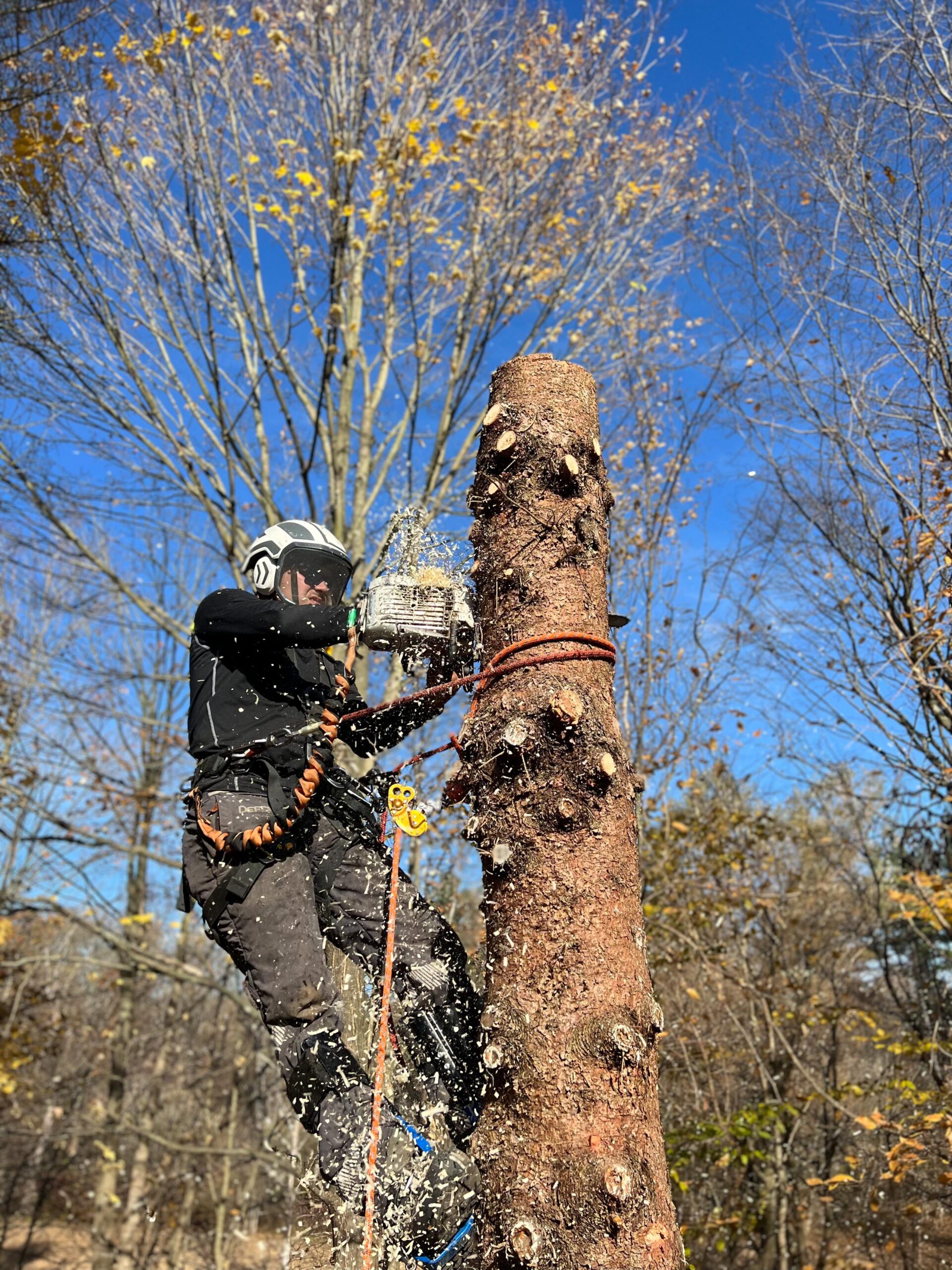The fascinating Invisible Realm of Tree Care Professionals: Stewards of Our Forests

Woodlands are the quiet watchers of our nature, providing cover, aesthetic appeal, and essential resources for existence on Earth. Yet, the condition and security of these magnificent organisms often rely on the skills of a trained group of specialists known as tree care specialists. In a landscape where urbanization and global warming pose increasing challenges to tree health, the role of tree experts has never been more important. They are not just arboreal caretakers; they are skilled individuals who understand the complexities of tree life cycles and ecosystem roles, equipped to ensure trees prosper in varied conditions.
This piece delves into the often overlooked world of tree care experts, exploring the significance of hiring qualified professionals, the expertise behind their practices, and the crucial services they provide. From assessing tree illnesses and performing hazard evaluations to providing advice on tree planting and maintenance, these experts play a key role in maintaining the integrity of our lush urban landscapes. Participate as we explore the intricate elements of their work, revealing how these protectors of our trees contribute to a healthier world.
The Significance of Accredited Arborists
Qualified arborists play a essential role in maintaining the health and safety of arboreal species, which are integral components of our environmental systems. Their thorough training equips them with the expertise to recognize various tree species, understand their requirements, and address their individual health needs. By hiring a accredited arborist, property owners benefit from expert expertise, ensuring that all tree care practices are based on robust scientific principles and best procedures.
Tree care is not just about aesthetics; it's also about security and hazard management. Qualified arborists are trained to detect potential hazards, such as weak branches, disease, or non-native species that may threaten both the trees and the surrounding environment. This forward-thinking approach helps prevent accidents and damages that could arise from falling limbs or weak trees, making their services crucial in urban and residential settings where security concerns are paramount.
Additionally, qualified arborists contribute to the sustainable health of our green environments. They are advocates for ecologically conscious practices, promoting tree preservation, proper installation techniques, and ongoing care that supports tree health. By embracing sustainable tree management strategies, certified arborists help communities benefit from the environmental, economic, and social advantages that healthy trees provide, making their role essential to both individual property owners and society as a whole.
Methods for Tree Care and Tips

Arborists are skilled experts who understand the intricate anatomy of trees and apply various methods to promote their well-being and longevity. One key aspect of their skill set is tree pruning. This process entails selectively removing specific parts of a tree, such as branches and roots, to enhance its form, foster healthy growth, and improve air circulation. Arborists consider the species of the tree, its surroundings, and its overall condition to make precise cuts that minimize stress and encourage rejuvenation.
In addition of pruning, arborists commonly adopt tree cabling and bracing techniques to support weakened limbs and avert tree failure. This method involves placing flexible cables or rigid braces to stabilize branches that may pose a threat during storms or high winds. By carefully reinforcing these areas, arborists help preserve the tree's integrity while reducing the risk of harm to surrounding land and natural environments. This proactive approach demonstrates their dedication to preserving both the trees and the natural world they sustain.
Comprehending tree diseases and pest management is another essential area of expertise for arborists. They are trained in identifying issues and administering appropriate treatments, which may include targeted insecticides or encouraging healthier growing conditions. Furthermore, certified arborists are familiar with integrated pest management strategies that minimize harmful impacts on the ecosystem. Their understanding into tree health not only aid in the immediate intervention but also encourage long-term health within urban landscapes.
Choosing and Collaborating with an Arborist
Selecting the appropriate tree care professional for your tree maintenance requirements is crucial for maintaining both the well-being of your plants and your safety. Start by seeking out certified experts who have completed thorough training and possess the necessary qualifications. Check if they are a part of a reputable arborist organization, as membership often shows a commitment to current standards and ongoing education. It's also advisable to seek referrals from family or to check customer feedback.
Once you have a list of potential tree care professionals, create a set of questions to evaluate their knowledge. Ask about click here with particular tree problems, their methodology to tree health management, and the tools they typically use. A capable tree care professional should also give insights into tree risk assessments and give a clear description of their services and pricing. This discussion can give you an idea of their expertise and how well they understand your specific needs.
After hiring an arborist, communicate your needs clearly. Discuss any particular concerns about your trees and ask about their proposed care strategy. Establishing a strong working relationship will not only help ensure the best care for your trees but also foster a partnership in your ongoing landscape management. Maintain an active line of communication, and do not hesitate to ask questions throughout the engagement to make sure you are both on the same wavelength regarding your plants’ well-being and care.
